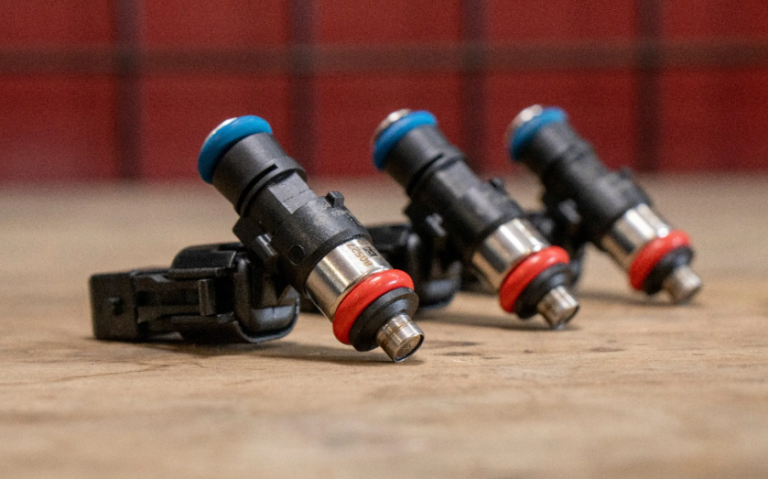How to Choose the Right Blast Room Equipment for Your Needs
Abrasive blasting is a productive method for preparing significant components while providing a safe environment for operators and co-workers.
A blast room can be designed to meet the application, part size, production rates, types of abrasives used, and workflow of finished parts.
Blast rooms enclose the abrasive and its dust to ensure safe workplace handling. They also recover spent abrasive media for reuse.
Abrasive Media
Choosing the right blast room equipment is critical to efficient and safe operation. A good blast room should have a work area, an abrasive recovery system, a dust collector, and operator safety equipment.
Abrasive media can be various materials such as sand, steel shot, iron grit, copper shot, cut wire, and zinc shot. Each type of abrasive works best for specific applications, so choosing the suitable material for the job is essential.
A blast pot is a pressurized container filled with abrasive media, and a hose is attached to spray the abrasive out of the nozzle. Various types of blast pots are available for different sizes and applications.
Blasting systems may be automatic or manual. Automated systems can be used for large volumes of work without an operator, including multiple blast nozzles and a plan to transport the parts through the machine.
Dust Collection
There are a few key factors to consider when choosing the right blast room equipment. The first is what your needs are.
You need a dust collection system like the Airblast AFC blast room to protect your workers from dangerous contaminants while offering the most excellent airflow for your application. Your dust collector needs to be able to remove the abrasive particles produced during blasting and coating fumes from various processes, like powder coating and surface preparation.
Another critical factor is whether your project requires a media reclamation or dust abatement system. Reclaim systems automatically collect used and loosened media for reuse, while abatement systems are typically designed to filter out the dust and contaminants inside the blast room.
Many dust collection systems are available, from dry to wet scrubbers. Dry types use a cartridge filter that provides good airflow and fine filtration. They often incorporate a ‘Sonic Impact’ system that shakes the air to loosen and remove the dust accumulating on the filter, extending service life.
Workplace Handling
Blast rooms are available in a variety of sizes and configurations. The right blast room equipment can be critical to your operation’s success.
Blasting systems can include airless abrasive systems, nozzles, and pressure blowers. They also may require a dust collector that is correctly sized to your needs.
Abrasive media recovery systems range from pneumatic sweep-in designs to more complex entire floor reclaims. They can save you time and money by reducing the cost of abrasive material purchase and disposal.
A hopper and bucket elevator recovery system is helpful for more extensive production blast facilities that use heavier airblast abrasives, such as steel shot and grit. These systems can process up to 180 cubic feet per hour of dense abrasive media.
Safety
Before deciding which blast room equipment you need, assess the work environment and job hazards. Also, ensure proper personal protection for blast operators and employees, such as face/head shields, heavy-duty gear, breathing air filters, worker communication options, toxic gas detection, heating or cooling breathing air, and head socks or do-rags.
Abrasive blast rooms can be designed to fit the application, part size, production rates, and type of abrasives. They can include a media reclaim system for pneumatic or mechanical recovery, a dust collector for abrasive recovery, media conveying duct, a media recovery hopper, and blast booth ventilation.
A pre-assembled blast room arrives at your site ready to connect the components and add power and air. It includes full area recovery – pneumatic or mechanical – and lights, a control panel, one full-width, full-height door, and a separate personnel door.






